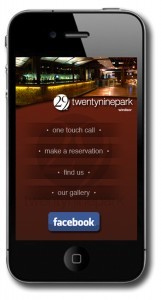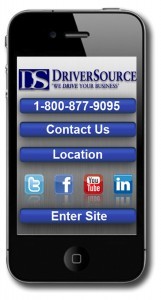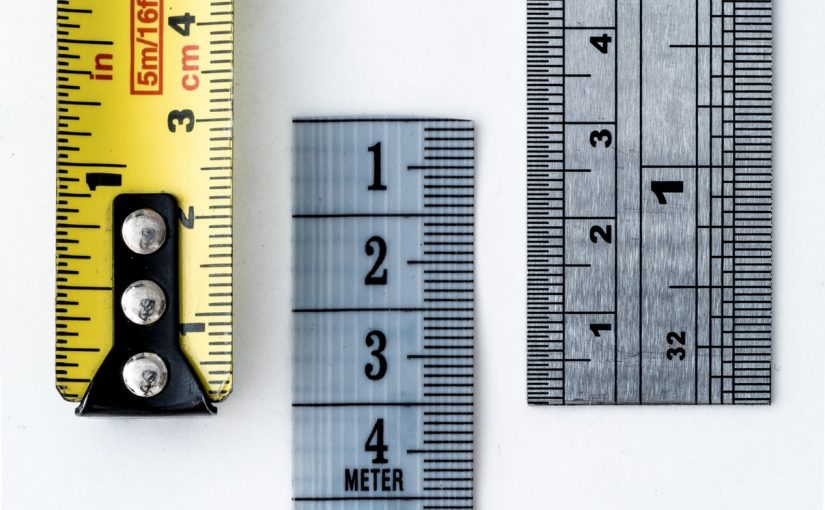Could you ever think of a world without the Internet? Probably not, and yet the internet came about over 15 years ago.
We have adapted to a life of hyper-connectivity. Not only do we communicate in a wired world. We also do business, research and educate ourselves via the World Wide Web.
We have to understand that we are living in one of the most exciting times in human history; think about it, all the philosophers, scientists, theorist, writers and influential people are just a click away. The touted “great democratizer” is a tool and resource that is widely available. But how do we filter through the information we are constantly bombarded with?
Step 1: Understanding Social Media
First, we must learn how to read all types of media; In other words, learn how to be media literate. To understand further what media literacy means, let’s first break down each word. Media, in this regard, suggests any sort of communications medium; books, radio, TV, newspapers, journal articles, computers, and billboards are all examples.
Literacy, on the other hand, is the condition or quality of being able to read, write, create and understand messages. Having this quality will help you filter and sift through all of the information. That you are saturated with on a daily basis.
Step 2: The Social Media Community
Second, we must develop a community of people we can trust and share information with. I believe Windsor is developing a strong community; we have built a foundation of exceptional leaders who are willing to help and share their knowledge. As we move into an information-based society we must be aware that developing a community. Or developing a network of friends/co-workers/business partners etc. is extremely crucial.
Facebook and LinkedIn are great examples of how a community works together. For example, if Suzy said that she loved the new movie “A Run to Forget,” then chances are the next time you’re at the movies you might think to yourself that Suzy said that movie was great. Then convince yourself you should see it based on what she said.
Conclusion
Social media is fast becoming one of the most influential tools and resources on the Internet. Think of it this way, if you were on a deserted island and you saw a massive cruise ship that said: “Social Media Communities” floating by. You said to yourself “Yeah I’ll wait for the next one.” Chances are you’re going to be on that island for quite some time.
As the traditional business-minded owner fails to find the need in developing a Facebook page. The forward-thinking business owner has already established a page. Who is also now developing a dialogue with Suzy and the other 900 million users. On Facebook or the 150 million users on LinkedIn. You might say you don’t have the time to do such a thing, but we at JEV Marketing & Communications can provide this service. Be part of the growing community. Don’t miss that cruise ship, and most importantly be part of the rising network of influencers!
– Frank D. Mancina Account Manager





